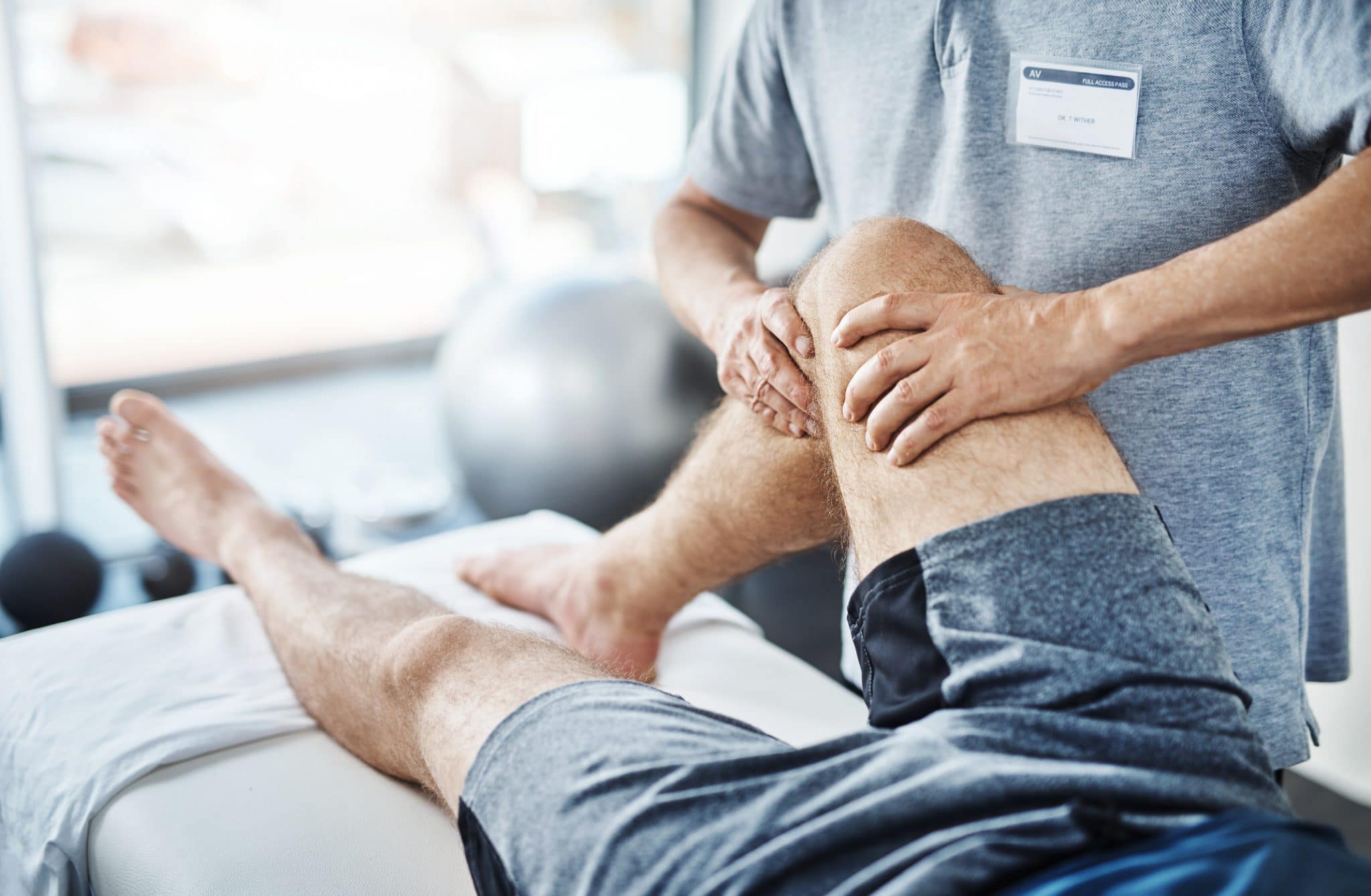
Chronic pain impacts millions of people globally and can significantly reduce the quality of living. It can result from various disorders, such as arthritis, chronic pain syndrome, or prior injuries. While drugs and therapies are frequently employed to manage pain, a growing body of studies shows that exercise can serve a crucial role in relieving chronic pain. Engaging in regular physical exercise can not only help lower pain levels but also enhance overall well-being and capability. Understanding how exercise impacts the body can enable individuals to assume control of their pain management.
Exercise has several physical benefits that can help reduce chronic pain. When people engage in physical activities, their bodies release endorphins, which are innate pain-killers. Additionally, exercise can boost blood flow and fortify muscles, providing better support for joints. For those with conditions like arthritis, low-impact exercises such as swimming or cycling can help maintain joint flexibility without placing excessive strain on the body. Regular exercise also helps in preserving a healthy weight, which can lessen the pressure on load-bearing joints and additionally ease pain.
In furthermore to its bodily benefits, exercise has a positive effect on mental health. Chronic pain can often lead to feelings of anxiety and depression, which can worsen the perception of pain. Engaging in consistent physical exercise can help combat these feelings by boosting self-esteem and improving mood. Group exercises, such as yoga or core strengthening, also provide communal interaction, which can improve emotional backing. This mixture of bodily and mental health benefits makes exercise an essential component of a comprehensive pain relief strategy.
It is crucial to tackle exercise with care, particularly for those managing with view chronic pain. Starting slowly is crucial to avoid worsening symptoms. Patients should think about seeking advice from healthcare professionals to develop a personalized exercise program that takes into account their specific issues and constraints. Exercises such as flexibility training, walking, or gentle yoga can be excellent starting points. Slowly boosting the intensity and duration of workouts can assist build strength and endurance without inducing undue strain on the system.
In summary, harnessing the power of exercise can significantly reduce chronic pain and improve quality of life. Regular physical activity not only assists to lessen pain through the release of endorphins and improved muscle strength but also supports mental well-being. By incorporating exercise into regular routines, patients can empower themselves in managing their pain. A careful and knowledgeable method to exercise, guided by healthcare professionals, can bring to lasting benefits in health and overall quality of life.